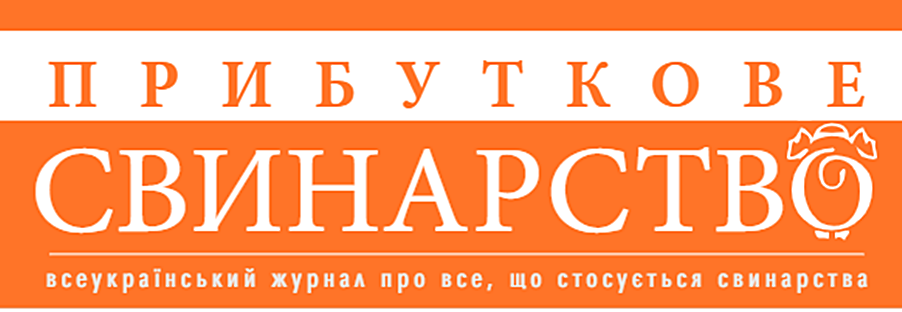Alimentary anemia of piglets is caused by the fact that animals are born with low levels of iron in the body (about 30−50 mg). Iron is a heavy trace element that is part of hemoglobin and is involved in the absorption of oxygen from the external environment. It is difficult to replenish, because with mother's milk comes about 1 mg / day, while the daily requirement reaches 10−15 mg.
The minimum norm of hemoglobin in animal blood is 9−11 g/dl, better — over 11 g/dl. If the level is lower, anemia develops, which reduces the body's resistance, worsens the production indicators and increases the mortality and culling of piglets. This has a corresponding effect on economic performance.
Coccidiosis is a disease caused by intracellular parasites of the genera Eimeria, Isospora and Cryptosporidium, which parasitize mainly in the cells of the gastrointestinal tract of animals. The most common pathogen is Isospora suis. The main source of infection of newborn piglets are sows, which carry the pathogen, although they are not clinically ill.
Symptoms of coccidiosis in piglets show mainly on the 7th-10th day of life. The disease can lead to deterioration of production performance, and in critical cases — to mortality. Animals infected with Isospora suis in the growing and fattening phase have diarrhea accompanied by reduced feed intake and growth.
What schemes to prevent anemia and coccidiosis are the best to prevent these diseases, we checked in the course of practical experience. Read about its conditions and results in articles by Ilona and Andrei Grabenko in the new issue of Profitable Pig Production: Military Digest.



